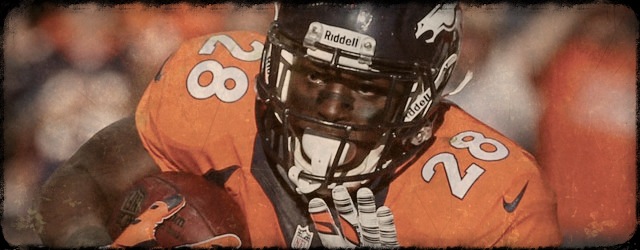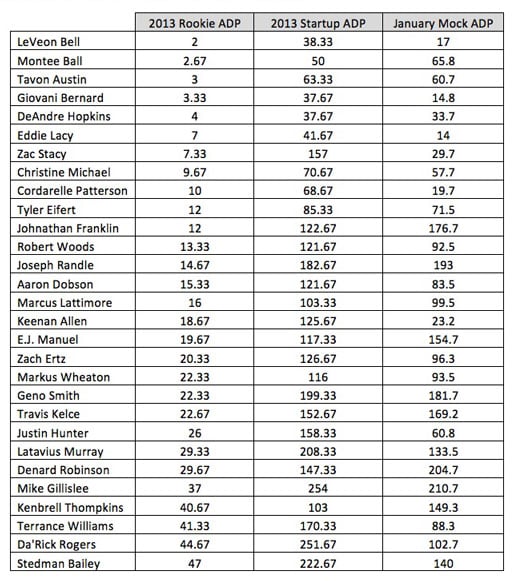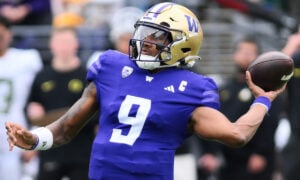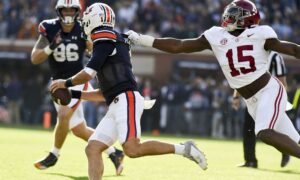Appraisal of Rookie Draft Picks

Editor’s Note: This article is submitted by a new Member Corner writer, Rob Pisano. We look forward to seeing much more of Rob’s work in the future.
The values of assets in fantasy football can fluctuate immensely throughout a season, but the values of rookies in the offseason change at a rate that can give dynasty fantasy owners whiplash. Much like attempting to shoot a moving target, pinning down the value of rookie draft picks is a skill that can take a lot of preparation and practice to master. However, if one does value these picks appropriately and takes advantage of others who value them too much or too little, it can drastically improve that player’s chances of building a great dynasty team. With this in mind, let’s take a look at how the ADP of last year’s rookies changed from rookie drafts held in the first week of August, to startup drafts in the middle of August, to post-season mock drafts held by DLF in January.

As a general rule of thumb, I tend to equate an asset’s value in terms of where said asset would be drafted if a startup draft were held that day. For example, DeAndre Hopkins’ ADP based on the dynasty leagues I used for this chart was the fourth pick in the rookie draft, and in startup drafts held in that same month his ADP was about the first or second pick in the fourth round. Therefore, I would value the fourth overall selection in a rookie draft to about an early fourth round selection in a startup draft. This makes trading picks for players or vice versa a much less arduous task.
The players taken in the first round of rookie drafts ranged from a value of an early fourth round pick to a late seventh round pick in a startup draft. The takeaway from this is that if someone is selling off assets that are greater than a fifth round startup pick in exchange for first round rookie draft picks, it would be fortuitous to take advantage of such a player. On the other hand, if someone offers you a rookie first round pick in exchange for an asset that is the equivalent of a seventh round startup pick or worse, it would be the right move to take the deal. However, the former situation is a much more common situation. What tends to happen in dynasty leagues is that players will only see the bright side of incoming rookies and ignore the possibility of a player being a bust, having a career ending injury, not being able to climb the depth chart, suffering from poor coaching, or any of the plethora of causes for star college prospects not translating to the big leagues.
Another common theme is that players incorrectly assume a rookie can only have an increase in value as a dynasty league progresses. While it is true that most rookies will experience an increase in ADP from their first season to their second, there are plenty of rookies who not only experience a drop in ADP from one year to the next, but completely fall of the fantasy radar. This volatility is ignored far too often when players trade for prospects in dynasty leagues.
Early mock drafts that include 2014 rookies show the top rookie, Sammy Watkins, drafted in the third round. Considering his value as a prospect is higher than any prospect in the 2013 class, this is not an unreasonable appraisal. However, value can be had at this stage of the off-season as rookie prospects can fluctuate immensely over the coming months with the combine and pro days. If someone in your league is drooling over Watkins, you may very well be able to get a second round startup player such as Antonio Brown or Brandon Marshall for this pick. The player trading for the rookie pick may think they’ve won in the deal as they are likely only viewing the positive side of Watkins, where he gets drafted into a good situation, stays healthy, and is coached well enough to become a locked-in WR1 for years to come. The savvy dynasty owner would be wise to realize that this is only one probability, and that another scenario would be that Watkins gets drafted by a bad team and is relegated to WR2 status for his entire career, or worse yet could be a monumental bust.
The rest of the 2014 rookie class is widely considered to be superior to the 2013 class as far as fantasy is concerned. In particular, the wide receiver crop is a much deeper and talented group than the previous years. What this means is that if dynasty owners are valuing their late first or early second round picks according to previous years, then there is value to be had in trading for such selections. According to the chart based on 2013 rookies, a late first or early second is equal in value to a seventh round startup selection. However, if the 13th best rookie in the 2014 class is on the same level of a prospect as Cordarelle Patterson, it would be advantageous to trade a seventh round asset for such a pick.
One last takeaway from the value of rookie picks is that of all of the rookies with an ADP of a fourth round pick or higher, all are still fantasy relevant after the first season. The lowest two rookies are Mike Gillislee and Denard Robinson by far, and they are arguably overdrafted in rookie drafts last year. Their value is still in the first eighteen rounds however. The takeaway from this is that fourth round picks actually have some value that others may not realize. If you are in the middle of trade talks and you can get someone to throw in a fourth round pick for free, it is potentially a big win as some of these can become valuable assets such as Terrance Williams.
Appraising rookie draft picks is not an exact science and there is a lot of room for interpretation, but having a general baseline of understanding can be extremely valuable in trade negotiations. Dynasty owners do not properly value these picks often enough such that if one were so inclined he could wheel and deal draft picks and gain substantial value for his team. Although it may be counterintuitive, resist the allure of the big name incoming rookies and do not undervalue the later rookie draft picks.


































































